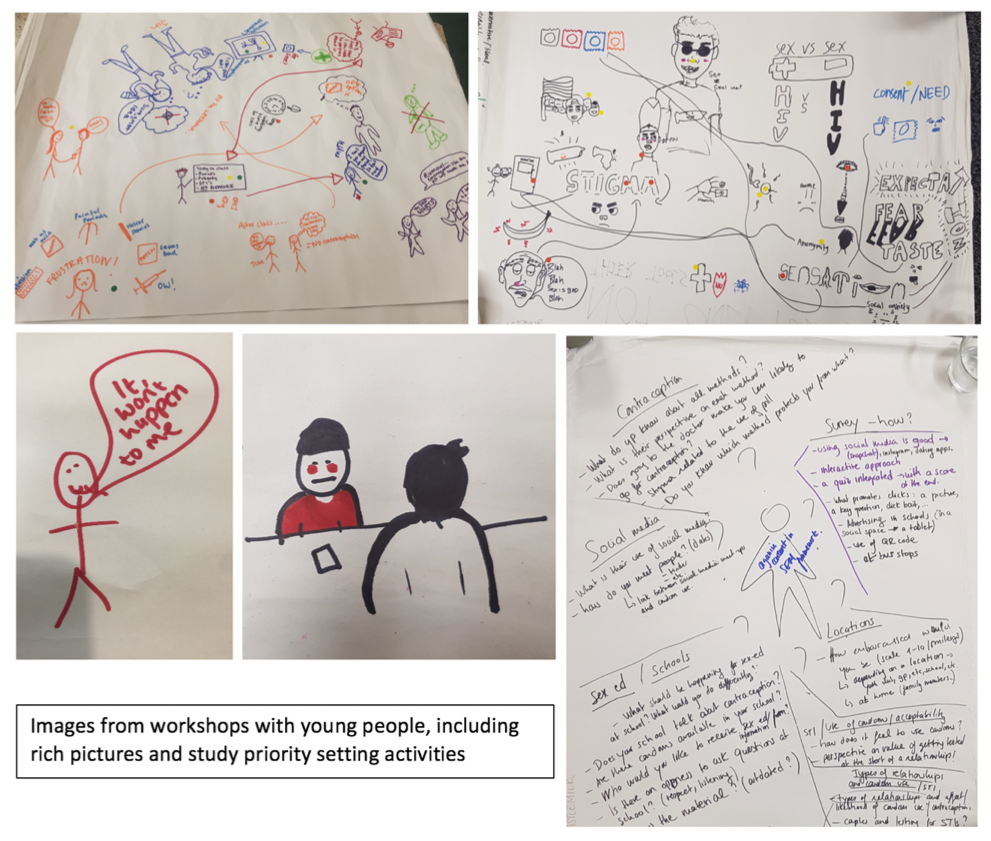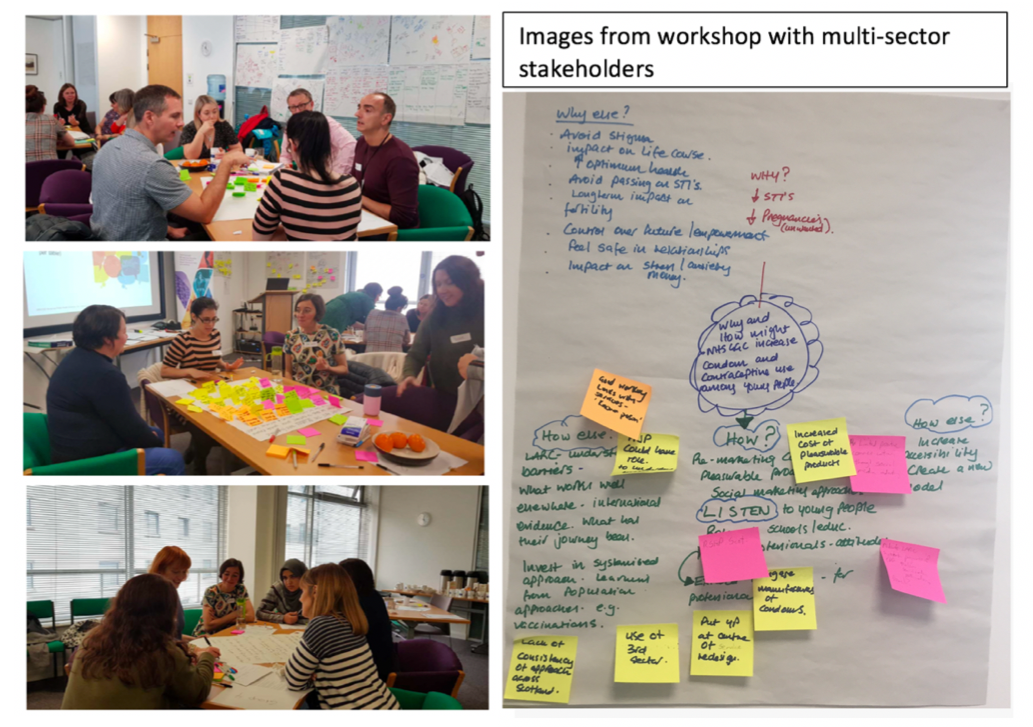I know that I am not the only researcher whose project has been impacted by the recent COVID-19 pandemic. But, in an unexpected twist, my research might become ultimately more relevant in the long run. You see, I am a PhD student looking into how women talk about their abortion experiences, and interact with the experiences of others, in online spaces. One in three women will have an abortion in their lifetime, making it the most common gynaecological procedure worldwide. And yet, many women choose not to talk publicly about their abortion experiences because it remains a stigmatised procedure, criminalised in many countries, and highly regulated in others. Whilst choosing to remain silent about their abortion may protect them from the stigmatising reactions of others, this also prevents women from accessing social support, and further perpetuates the silence and stigma around abortion more generally.
Why research online abortion disclosures?
My Masters research (conducted in 2018) looked at who women chose to talk to about their abortion with friends, family, and conception partners. But several women described sharing their abortion experiences online. For some, they looked online because they didn’t know of anyone in their life who had previously had an abortion, and were looking for some direct experience to comfort them. For others, posting about aspects of their experience was their way of fighting abortion stigma and normalising the procedure. However, little research to date has focused on how women use the Internet to share their abortion experience, despite the existence of many designated online spaces in which to do so (shoutyourabortion.com, womenonweb.org, etc).
We know that individuals with other healthcare needs and conditions have utilised online chat rooms, support groups, and message boards, and benefit from disclosing their experiences through computer-mediated communication. Online, people can connect with others without geographical boundaries, when it is convenient for them, and from the comfort of their own home. The anonymity provided by Internet communication has been demonstrated to encourage those living with stigmatised conditions, such as HIV to speak with others in a similar situation. The support provided in such contexts is sometimes perceived to be more valuable than that provided by those without that shared experience. These online spaces may foster empowerment by offering experiential knowledge of, for example, what a medical procedure will be like, knowledge that is often not provided by healthcare professionals.
Abortion online and COVID-19
My study explores how and why women use these online spaces in the context of their abortion experience, in the hopes that with this knowledge, I can contribute to better support for women and reducing abortion stigma. But with current government guidelines about social distancing and the importance of staying at home, these online resources might become even more vital for women in the UK (and globally). We all have to be more creative with communicating with those outside our household at the minute. But there is a particular question around how women can access abortion services safely, without exposing them to unnecessary risk by requiring them leaving their homes during this pandemic (for further information regarding this topic read Carrie Purcell and Nicola Boydell’s blog post here)
This unprecedented time could be a chance to utilise existing online resources for women during and after their abortion. For instance, womenonweb.org provides abortion pills and telemedicine for women where abortion is illegal. They have demonstrated the safety and utility of women accessing abortion services online. Initially the UK governments refused to embrace this option, however, they have since changed their guidance. Women in Scotland, England, Wales, and Northern Ireland (with the help of British Pregnancy Advisory Service) can now have the consultation using telephone or video calls, and can take both early medical abortion medications (mifepristone and misoprostol) at home during the first 10 weeks of pregnancy.
With these movements towards telemedicine abortion care, and in this time of heightened computer-mediated communication and uncertainty, it is crucial to understand how and why women are using online spaces to post about their abortions and interact with other women’s stories. Are they receiving the healthcare and social support they need? Are they experiencing abortion stigma either on or offline? This study seeks to answers these questions by interviewing women and speaking to them about their personal experiences with talking and reading about abortion online.
Want to contribute your story/experience?
I have recently requested an amendment to my study’s ethical approval, adapting my research methodology to allow for interviews via Zoom or telephone. I want to hear from women about why they have used online resources and spaces before, during, and after their abortion. If you would like to participate in this study or just find out more,
Check out my study’s Facebook page
Please follow me on Twitter for more updates: @Rwilsonlowe




Share this post: